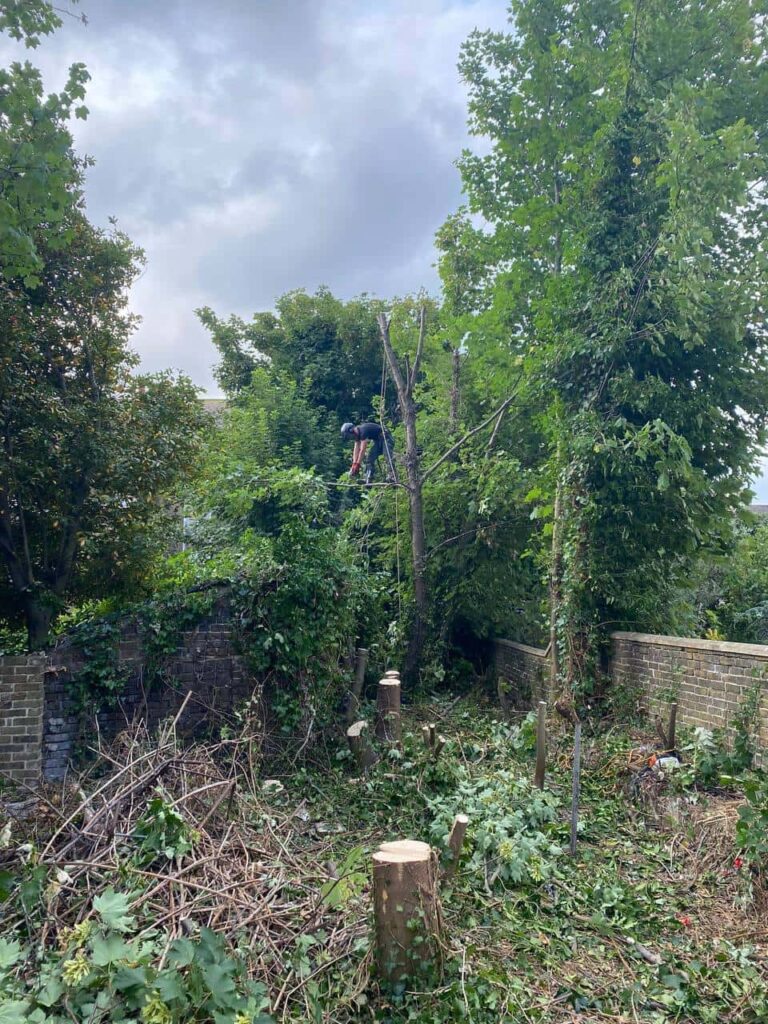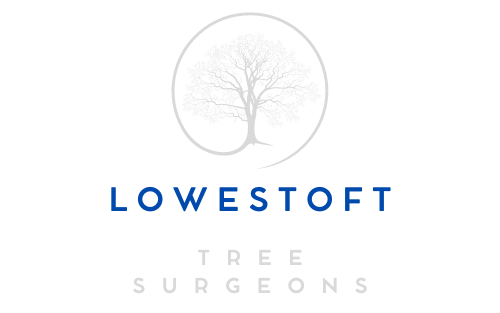Reshaping Trees for Improved Soil Health and Erosion Control
Introduction: Trees play a vital role in maintaining soil health and preventing erosion, but their effectiveness can be compromised if they’re not properly cared for. That’s where tree reshaping, a specialised service offered by professionals like Lowestoft Tree Surgeons, comes into play. By strategically pruning and shaping trees, we can enhance their ability to support healthy soil and prevent erosion. In this blog post, we’ll explore how tree reshaping can improve soil health and control erosion, ensuring the long-term sustainability of our landscapes.
- Root Stabilisation and Soil Structure
The root systems of trees play a crucial role in stabilising soil and preventing erosion. However, trees with imbalanced or overcrowded root systems may not effectively anchor the soil, leading to erosion and loss of soil fertility. Tree surgeons can promote healthy root development and improve soil structure through selective pruning and root zone management. By removing dead or damaged roots and reducing root competition, trees can better absorb water and nutrients from the soil, enhancing soil health and stability.
- Canopy Thinning and Rainwater Infiltration
Dense tree canopies can intercept rainfall and reduce the amount of water that reaches the soil surface, potentially leading to soil compaction and erosion. Canopy thinning, a common tree reshaping technique, involves selectively removing branches to allow more sunlight and rainwater to penetrate the canopy and reach the soil below. This promotes rainwater infiltration and reduces runoff, helping to replenish groundwater supplies and prevent erosion. Tree surgeons can create conditions that support healthy soil and vegetation growth by optimising the balance between canopy density and light penetration.
- Leaf Litter Management and Nutrient Cycling
The accumulation of leaf litter under trees can impact soil health and nutrient cycling, especially in urban and suburban environments. Excessive leaf litter can create anaerobic conditions that inhibit plant microbial activity and nutrient uptake. Tree reshaping techniques such as crown lifting and canopy thinning can help reduce leaf litter accumulation by improving air circulation and sunlight penetration within the canopy. Additionally, selective pruning can encourage leaf litter decomposition and promote nutrient cycling, enriching the soil with organic matter and essential nutrients.
- Windbreaks and Erosion Control
Trees planted along exposed coastlines or sloping terrain can be natural windbreaks and erosion control barriers. However, poorly shaped or structurally compromised trees may not effectively withstand wind and erosion forces. Through targeted pruning and shaping, tree surgeons can strengthen the structure of trees and enhance their ability to resist wind and erosion. By creating wind-resistant forms and reducing canopy density, trees can better protect soil from erosion and maintain the stability of coastal and hillside landscapes.
- Sustainable Landscaping Practices
Incorporating tree reshaping into sustainable landscaping practices is essential for preserving soil health and preventing erosion. By working with nature rather than against it, we can create landscapes resilient to environmental challenges and supporting biodiversity. Whether managing tree root zones, optimising canopy structure, or promoting nutrient cycling, tree reshaping is vital in maintaining healthy soils and sustainable ecosystems.
Conclusion: Tree reshaping is a valuable tool for improving soil health and controlling erosion in landscapes of all types. By addressing root stability, canopy density, leaf litter management, and wind resistance, tree surgeons can enhance the ability of trees to support healthy soils and prevent erosion.
Call us on: 01502 441 299
Click here to find out more about Lowestoft Tree Surgeons
Click here to complete our contact form and see how we can help with your tree’s needs.

